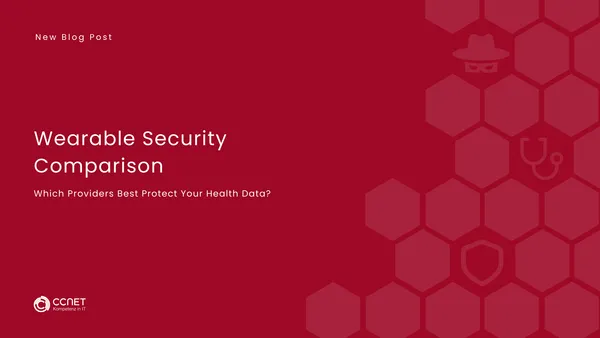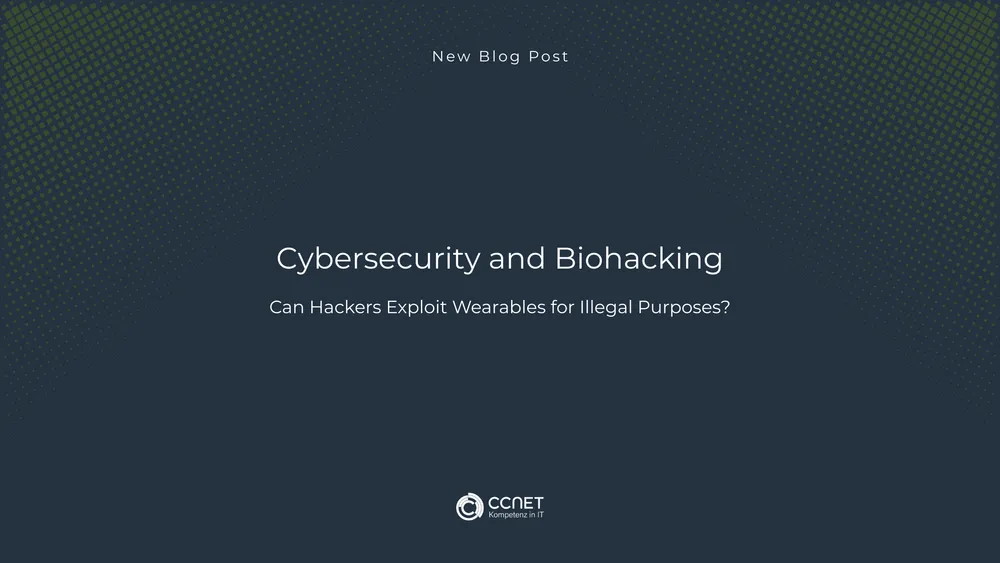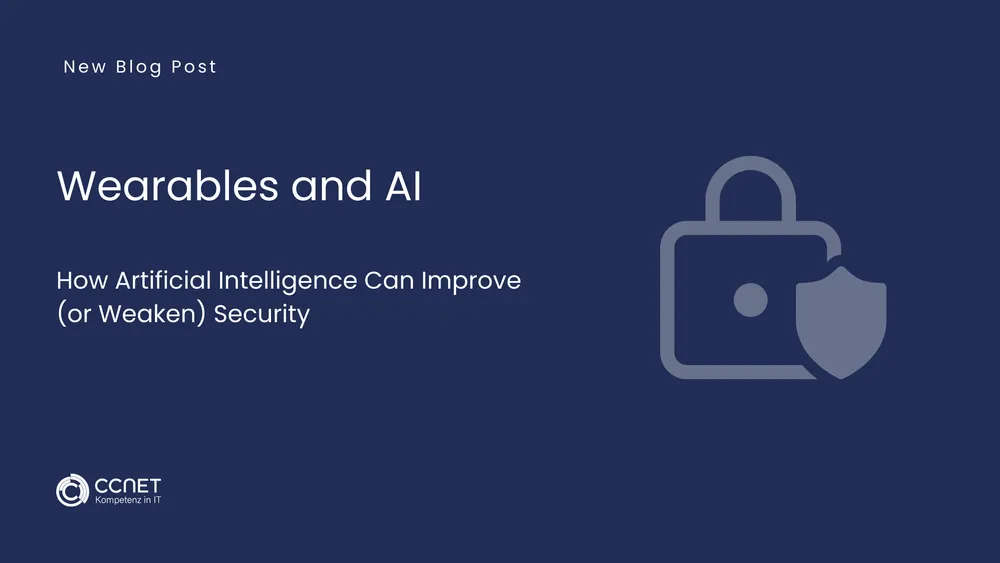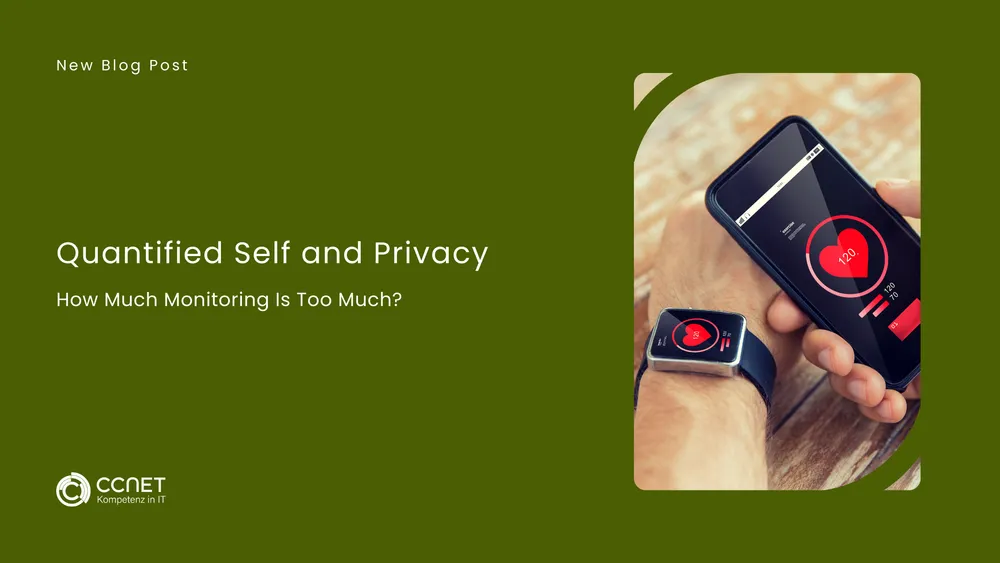
CCNet
Jul 30, 2025 • 2 min read

Wearable Security Comparison: Which providers best protect your health data?
Wearables are increasingly collecting and storing sensitive health data, including heart rate, movement patterns, and even ECG readings. But not all manufacturers follow the same security standards. While some companies prioritize data privacy, others have been criticized for weak encryption and questionable data-sharing practices. In this article, we compare the security measures of leading wearable providers and highlight what users should watch for.
1. Key Security Factors in Wearables
A secure wearable should offer several core protection mechanisms:
- End-to-end encryption: All data transmissions should be encrypted to prevent man-in-the-middle attacks.
- Strict access controls: Biometric locks or multi-factor authentication (MFA) for cloud services enhance security.
- Regular security updates: Manufacturers must patch vulnerabilities quickly to prevent attacks.
- Transparent privacy policies: Users must be clearly informed about what data is collected and how it is used.
- Secure cloud storage: Health data should never be stored unencrypted—especially not outside regions with strong data protection laws, such as the EU.
2. Security Evaluation of Leading Wearable Brands
We examined several of the most well-known wearable manufacturers and compared their security practices.
a) Apple – High Security Standards, Protected Ecosystem
- Strong encryption: Apple uses end-to-end encryption for all health data.
- Secure cloud integration: Apple Health only stores data with explicit user consent.
- No data sales: Apple claims it does not sell health data for advertising purposes.
- Weaknesses: Limited API access may restrict third-party functionality.
b) Garmin – Fitness-Focused, Privacy Not a Priority
- Encrypted data transmission: Basic protections are present but not always consistently enforced.
- Cloud dependency: Many features require syncing with Garmin’s cloud services.
- Lack of transparency: Privacy policies raise questions about potential data sharing.
- Weaknesses: Security patches are often delayed.
c) Fitbit (Google) – Strong Ecosystem Integration, Privacy Concerns
- Encryption in place: Google Fit supports encryption, but not always end-to-end by default.
- Potential data sharing: Health data may be used for personalized ads.
- Frequent updates: Google regularly releases security patches.
- Weaknesses: Heavy cloud reliance and close integration with Google services.
d) Xiaomi & Budget No-Name Wearables – High Risks Due to Poor Standards
- Often lack full encryption: Many low-cost devices transmit health data unencrypted.
- Unclear data usage: Privacy policies are vague or missing.
- Few to no updates: Known vulnerabilities often remain unpatched.
- Weaknesses: High risks from third-party apps and potential firmware backdoors.
3. Conclusion: Which Providers Are the Most Secure?
Our evaluation shows that not all wearable brands adhere to the same level of data protection and security. Apple, and to some extent Google, offer stronger protection for health data through stricter security practices. Users who prioritize data security should avoid no-name wearables and choose providers with clear privacy policies and regular security updates.


